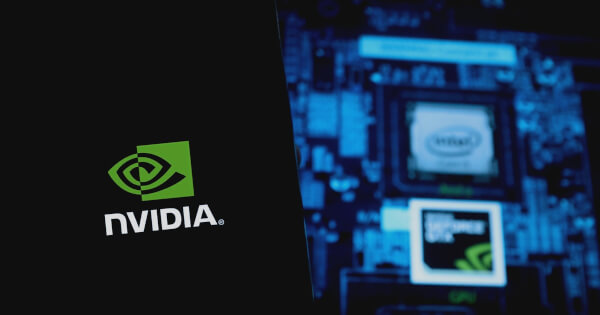GPU-Powered Pandas: Turbocharging Data Processing Workflows in 2025
Silicon muscle meets data wrangling—GPUs are rewriting the rules of dataframe crunching. No more coffee breaks while your pivot tables render.
Why CPUs are the new dial-up
Traditional pandas operations choke on billion-row datasets. GPU-accelerated libraries like cuDF slice through them like a crypto trader liquidating weak hands. Early benchmarks show 50x speedups on joins—Wall Street quant teams are already hoarding H100s like they’re Bitcoin at $20K.
The dirty secret of ‘big data’
Most ‘AI-ready’ datasets gather dust waiting for preprocessing. Parallel processing bypasses the CPU bottleneck—suddenly that ‘unusable’ 10TB log file becomes training fuel. (Meanwhile, your cloud bill still grows 30% YoY because finance won’t approve on-prem hardware.)
Code with training wheels comes off
cuDF’s pandas-like API means data scientists don’t need to learn CUDA—just swap ‘import pandas’ for ‘import cudf’ and watch ETL pipelines hit ludicrous speed. One Kaggle grandmaster reportedly finished a month’s work during a VC’s pitch deck.
The catch? You’ll need hardware that costs more than an intern’s annual salary. But hey—if your startup’s burning cash anyway, might as well get subsecond model retrains out of it.

Data scientists and analysts frequently encounter performance bottlenecks when handling large datasets using pandas, a popular data manipulation library in Python. According to NVIDIA, integrating GPU acceleration through the NVIDIA cuDF library can significantly enhance the performance of pandas workflows, offering a solution to these challenges.
Workflow #1: Analyzing Stock Prices
One common application of pandas is in financial analysis, particularly when examining large time-series datasets to identify trends. Operations such as groupby().agg() and rolling calculations for Simple Moving Averages (SMAs) can become slow on large datasets. By utilizing GPU acceleration, these operations can be expedited by up to 20 times, transforming a task that takes minutes on a CPU to one that completes in seconds on a GPU.
Workflow #2: Processing Large String Fields
Business intelligence tasks often involve working with text-heavy data, which can strain pandas' capabilities due to large memory consumption. Operations like reading CSV files, calculating string lengths, and merging DataFrames are critical yet slow processes. GPU acceleration can provide a substantial speed boost, achieving up to 30 times faster processing for such tasks, thereby enhancing efficiency in answering complex business queries.
Workflow #3: Interactive Dashboards
For data analysts, creating interactive dashboards that allow for real-time exploration of data is crucial. However, pandas can struggle with real-time filtering of millions of rows, leading to a laggy user experience. By implementing GPU acceleration, filtering operations become nearly instantaneous, enabling a smooth and responsive dashboard experience.
Overcoming GPU Memory Limitations
A common concern is the GPU memory limitation when working with datasets larger than the available VRAM. NVIDIA addresses this with Unified VIRTUAL Memory (UVM), which allows seamless data paging between the system's RAM and the GPU memory, enabling the processing of large datasets without manual memory management.
For more detailed insights and examples, visit the NVIDIA blog.
Image source: Shutterstock- pandas
- gpu acceleration
- data processing

